Community College Students, Staff Adapt to COVID-19 Crisis
The financial coaching work that Bridge to Finish staff offer at local community colleges was already critical to the many students who have benefited from the program. But it has become even more crucial during the coronavirus pandemic, as those students try to navigate the economic uncertainty that many of them are facing because of drastic reductions in income.
The Bridge to Finish program is offered through “Benefits Hubs” at nine community colleges and technical schools in King County. The program was launched in 2016 and has served thousands of students since then.
The Bridge to Finish program is based on the fact that low-income and students of color face unique challenges that often keep them from earning a college degree or credential—tools that can help them break the cycle of poverty. Those barriers are especially hard for community college students, who face housing and food insecurities in Washington and nationwide.
Liliana, a student at Highline College, received help finding a home from a Bridge to Finish staff member. But now, the single mother to a young son, like many others in her situation, has seen her financial situation deteriorate as a result of COVID-19.
Liliana’s employer cut her hours, so now she’s dealing with less income. However, thanks to the financial training she received from Bridge to Finish staff, Liliana is using that coaching to the fullest to try to stay in school and manage her situation.
Students who go to the Bridge to Finish can apply for services such as emergency financial grants, learn about and enroll in public benefits and get food from the pantries at their school. Because of social distancing policies that are currently in place, Bridge to Finish staff are connecting with students remotely.
Roberto, an auto mechanics student at Green River College, was working for a car company, but he was laid off due to COVID-19. He was worried about the mounting bills—he had bought new tools for his work and was on a payment plan for them, but he also had to pay for rent and food.
With help from Bridge to Finish, Roberto was able to get guidance on how to get public benefits and learned about the process of applying unemployment. The Bridge to Finish staff member also provided information about local food banks and pantries.
The struggles that community college students faced before the outbreak were already evident, and those challenges have increased dramatically. Thanks to the work from United Way, the Bridge to Finish program was able to adapt quickly to continue to offer services online and via phone. Unfortunately, as the crisis continues to batter communities across the region, state and the nation, these students will need additional assistance to help them break the cycle of poverty.
Racial Equity Matters
It is widely acknowledged that education is the best way to break the cycle of poverty. Yet, living in poverty makes being in college tough. At community college—where more than half of students are low-income and 47% are students of color—it can be especially challenging to stay in school.
On average, white students earn a college-level credential at a rate about 20 percentage points higher than Hispanic and black students do. Students of color experience systemic and institutional racism that perpetuates challenges. The makeup of teachers is less diverse than the student body, so role models that share the unique experiences of students of color are limited. Students of color report feeling less academically prepared than their Caucasian peers report.
This program works hard to invest in students of color and services are designed to be as flexible as possible to reduce any systemic barriers students of color commonly face when interacting with institutions. Also, the AmeriCorps team that works with the students reflects the diversity of the student body and the team speaks roughly ten languages.
Already, we’re seeing success as we prioritize helping students of color who are experiencing challenges at disproportionate rates—last year (2019), 60% of students who accessed Bridge to Finish services were students of color, and those students persisted in their education (instead of leaving school) at a 12% higher rate than those who didn’t get support.
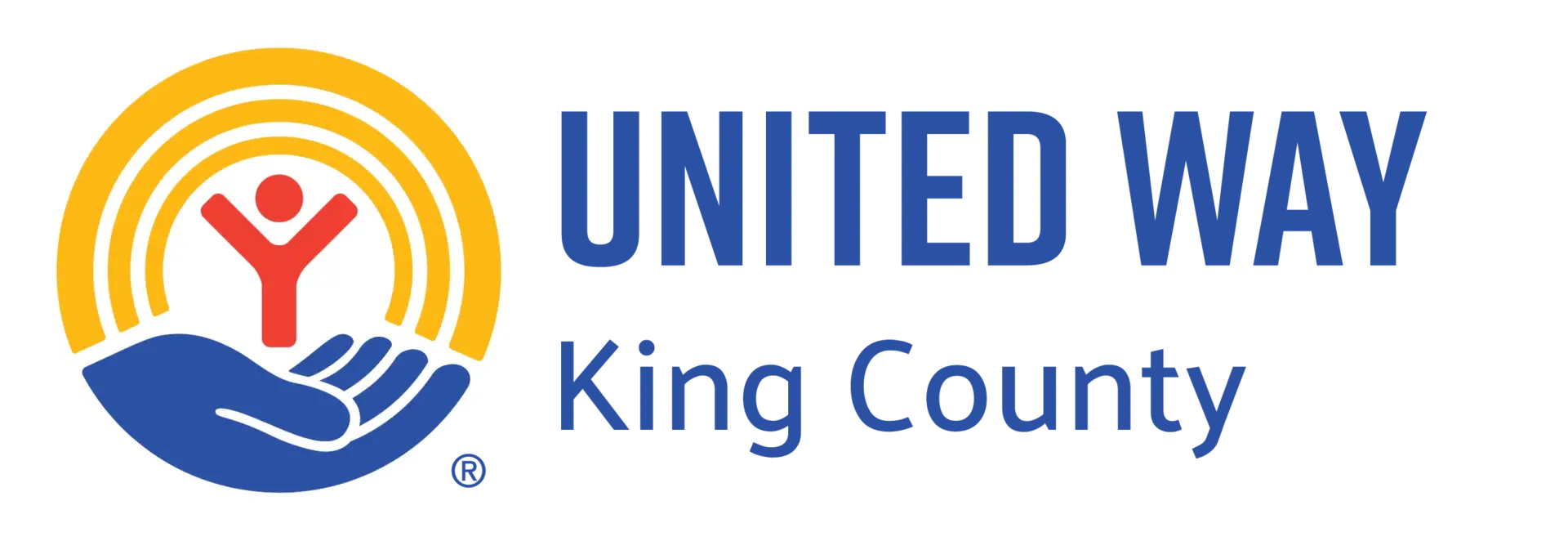
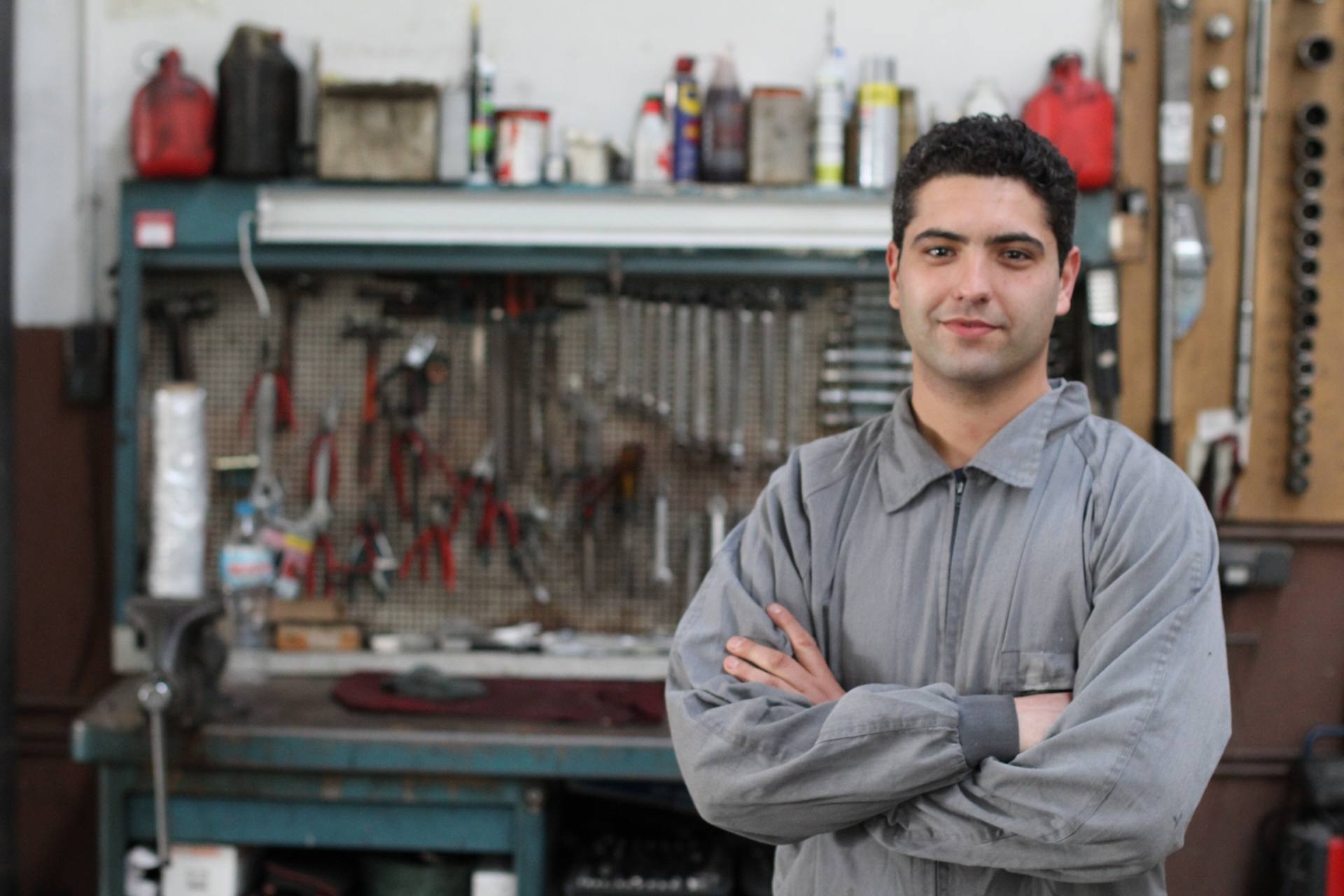
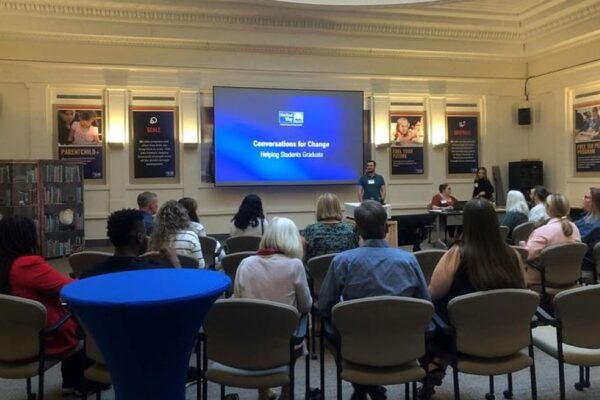
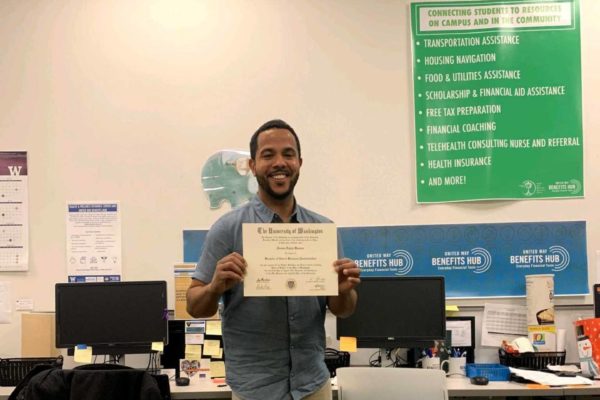
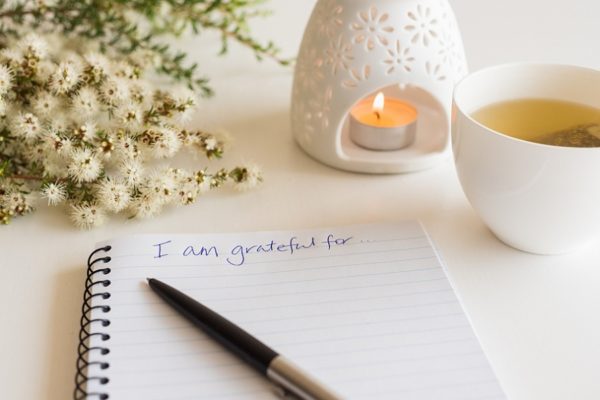
Comments